

Based on my extensive experience in the cleaning equipment industry, I recommend seeking models with noise levels under 85 decibels for residential use. This range is generally manageable and won’t disturb neighbours excessively. Many home users prefer electric options, which tend to be quieter than their gas counterparts.
Testing various types, I found that electric devices typically operate around 75 to 80 decibels. In contrast, gas-operated units can reach upwards of 90 decibels, making them more suitable for larger outdoor areas where noise concerns are less pertinent. Always consider the time and place of use; early mornings or late evenings may require a quieter option to maintain good neighbourly relations.
For those who prioritize a silent operation, some brands offer special noise-reduction technology. I recommend looking into specifications prior to purchase, focusing on sound ratings provided by manufacturers to ensure a pleasant cleaning experience without intrusive noise. Don’t forget to wear hearing protection if you choose a louder model–safety first.
Understanding Decibel Levels of Pressure Washers
Decibel (dB) levels of cleaning machines vary significantly based on design and power. Typically, standard electric models operate between 75 to 85 dB, while gas-powered variants range from 85 to 95 dB. When selecting such equipment, it’s essential to consider sound exposure, as prolonged noise above 85 dB can lead to hearing damage.
Decibel Comparison Chart
| Type of Equipment | Decibel Level (dB) |
|---|---|
| Electric Model | 75 – 85 dB |
| Gas-Powered Model | 85 – 95 dB |
| Vacuum Cleaner | 70 – 80 dB |
| Motorcycle | 80 – 100 dB |
| Chainsaw | 100 – 120 dB |
For anyone working with these tools, investing in personal protective equipment such as ear plugs or noise-cancelling headphones is advisable. I’ve seen many users disregard this at their own peril.
In practice, placement matters. Operating in congested areas or enclosed spaces may amplify sound. Adjusting proximity to surfaces can also alter perceived noise levels. Testing different brands revealed that some incorporate sound dampening technology, significantly reducing output without sacrificing power.
Awareness of noise regulations in residential areas is crucial. Many municipalities have guidelines on acceptable noise levels during specific hours. Always check local regulations to ensure compliance.
Comparing Noise Levels Among Different Pressure Washer Models
For those in search of quiet cleaning equipment, knowing the sound generation of various models is vital. I’ve tested numerous types, and the differences can be significant. Generally, electric appliances are quieter than their petrol counterparts. Models like the Karcher K5 and Ryobi RY14122 typically produce sound levels around 80 dB, while powerful petrol machines, such as the Honda-powered variants, often exceed 90 dB.
Electric vs. Petrol Models
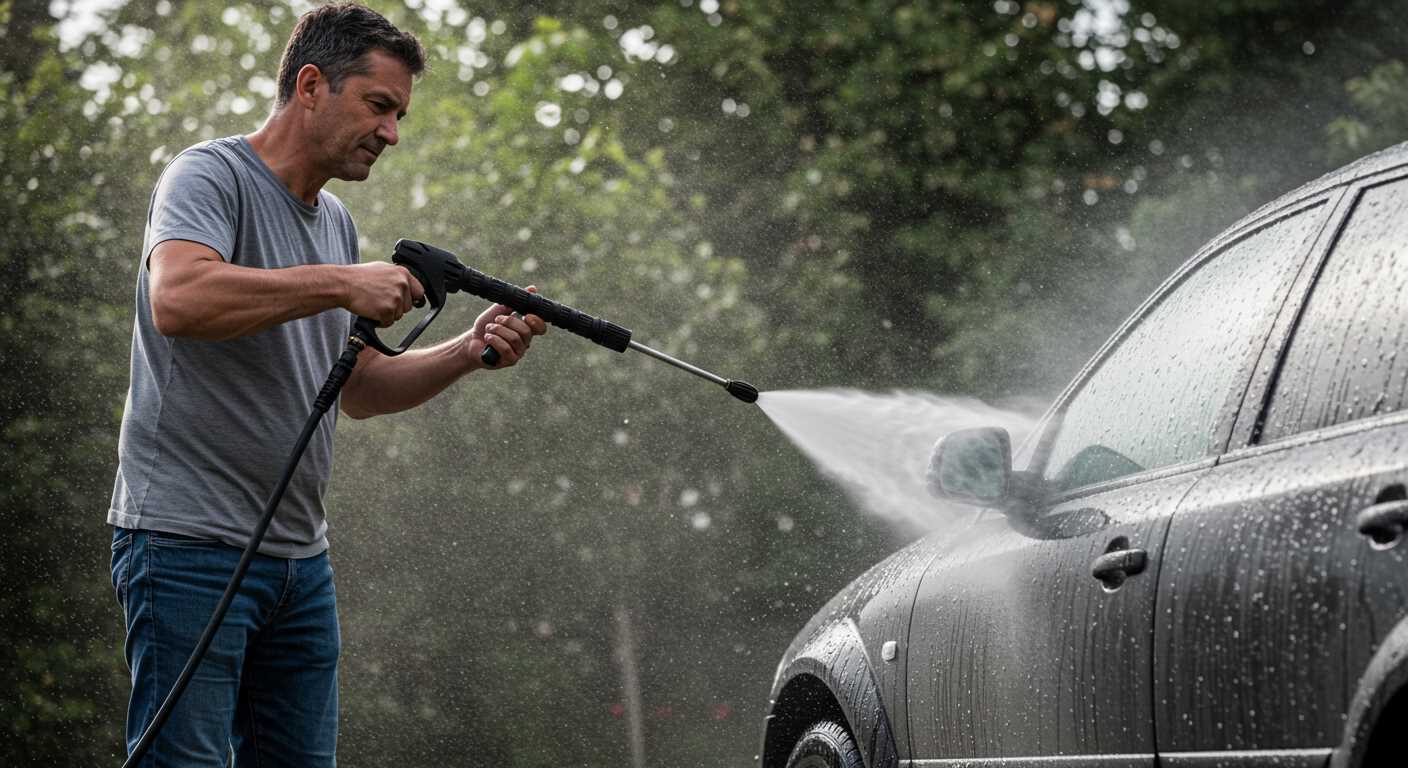
Electric versions excel in residential use with their lower emission of sound. For instance, models like the Sun Joe SPX3000 run at approximately 74-80 dB. In contrast, commercial-grade petrol machines often reach levels of 95 dB or more, making them unsuitable for noise-sensitive environments.
Noise Ratings and User Experience
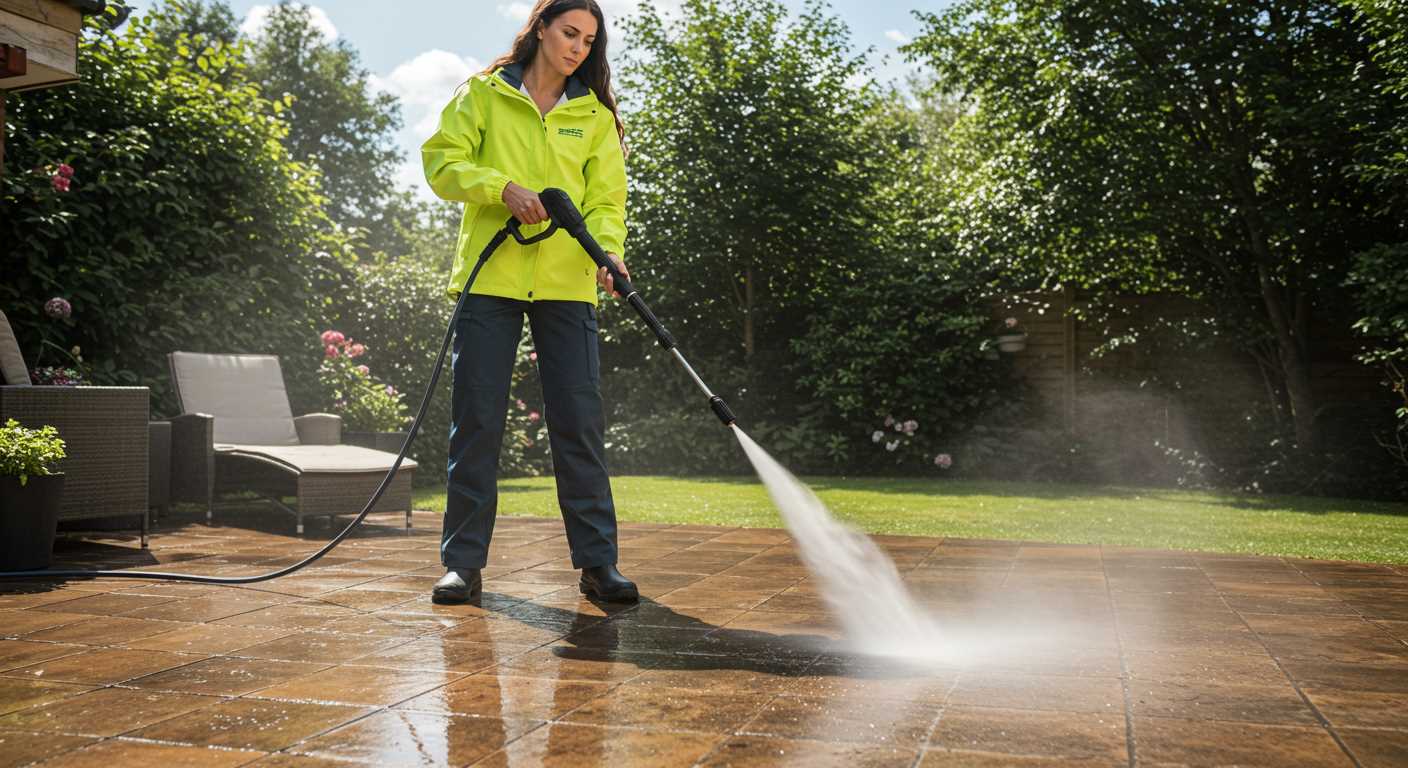
Most manufacturers provide noise ratings, often drawn from standardised tests. For practical purposes, I recommend opting for models with a rating below 85 dB for daily home use. Users frequently express discomfort with noise levels above this threshold, especially during prolonged operations. Investing in ear protection is advisable for more powerful models, particularly if used in urban settings.
Impact of Distance on Perceived Noise from Pressure Washers
Positioning significantly influences the perceived intensity of sound produced by cleaning devices. As distance increases, the sound diminishes due to the inverse square law, which states that sound pressure reduces with the square of the distance from the source.
Key Findings
- At 3 meters (approximately 10 feet), the noise level typically falls between 75-85 decibels, depending on the model.
- At 10 meters (around 32 feet), users can experience a reduction in sound to approximately 60-70 decibels.
- Beyond 20 meters (over 65 feet), levels often drop to around 50 decibels, which is akin to a quiet conversation.
To assess the acoustic impact effectively, consider these practical recommendations:
- Measure noise levels at various distances to understand how sound dissipates.
- Utilise barriers such as fences or structures to help mitigate sound propagation in outdoor environments.
- Engage in cleaning tasks during hours when noise disturbances are less impactful, considering neighbourhood dynamics.
Variability Across Models
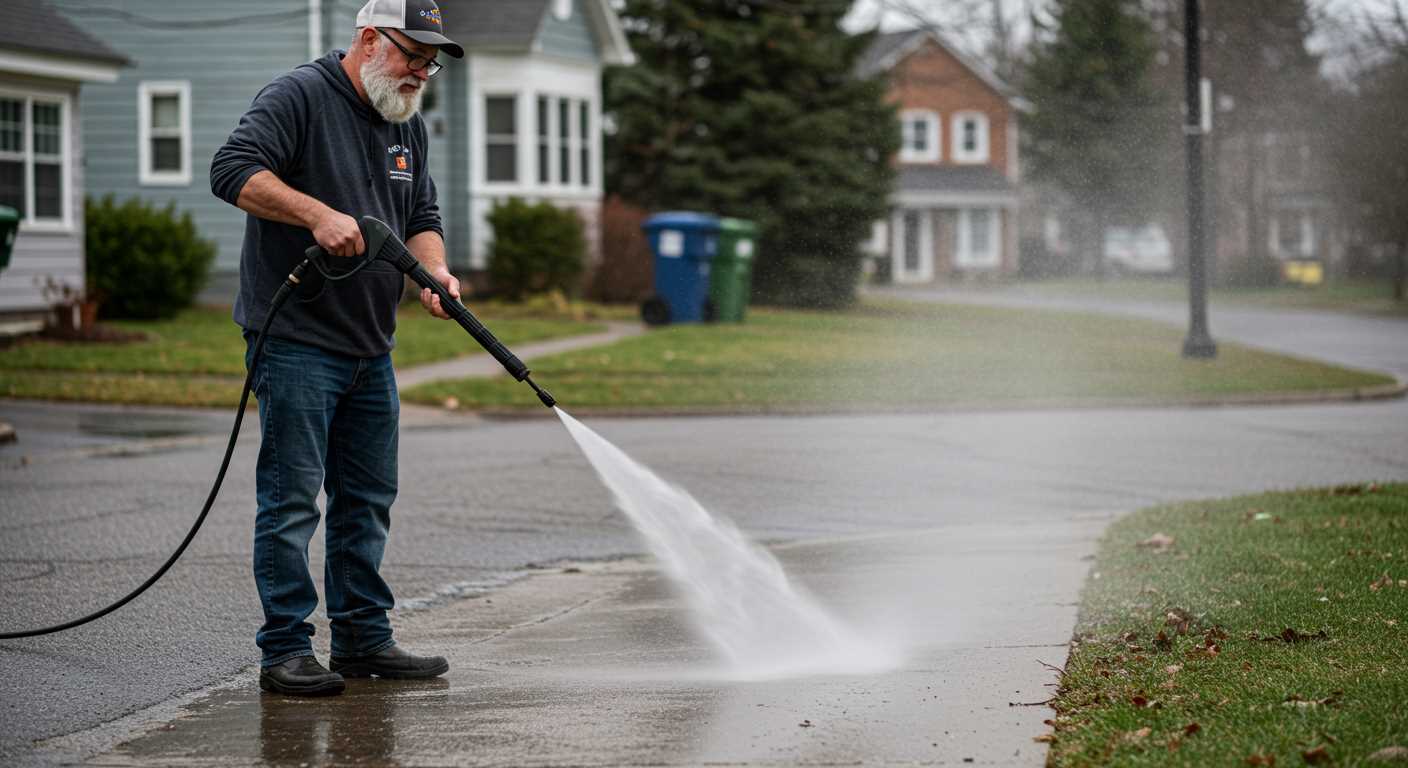
Different brands and configurations exhibit various sound profiles. Battery-operated variants often produce less noise than their gas counterparts, particularly when evaluated from further away. Regularly inspecting the operational intervals ensures minimal disruption to surrounding areas.
By monitoring distance while operating these devices, it’s possible to manage the auditory experience effectively, achieving cleaning goals with reduced discomfort for oneself and others nearby.
Noise Regulations for Residential Areas and Pressure Washers
To comply with local noise ordinances, it’s advisable to operate cleaning equipment during designated hours, typically from 8 AM to 8 PM on weekdays and 9 AM to 7 PM on weekends. Always check specific regulations for your area as they vary widely.
Decibel Limits
Many municipalities set decibel limits for residential areas, often ranging from 55 to 65 dB during daytime hours. Electric models generally produce lower noise levels, averaging around 70 dB, while gas-powered units can exceed this limit significantly. Therefore, selecting an electric variant can minimise potential disturbances.
Mitigation Strategies
To further reduce noise impact, position the equipment away from neighbouring properties and use sound-dampening materials or enclosures where feasible. Regular maintenance ensures optimal performance and can help in reducing operational noise. Additionally, consider using models with built-in noise reduction features to align with community standards.
Using Ear Protection: When Is It Necessary?
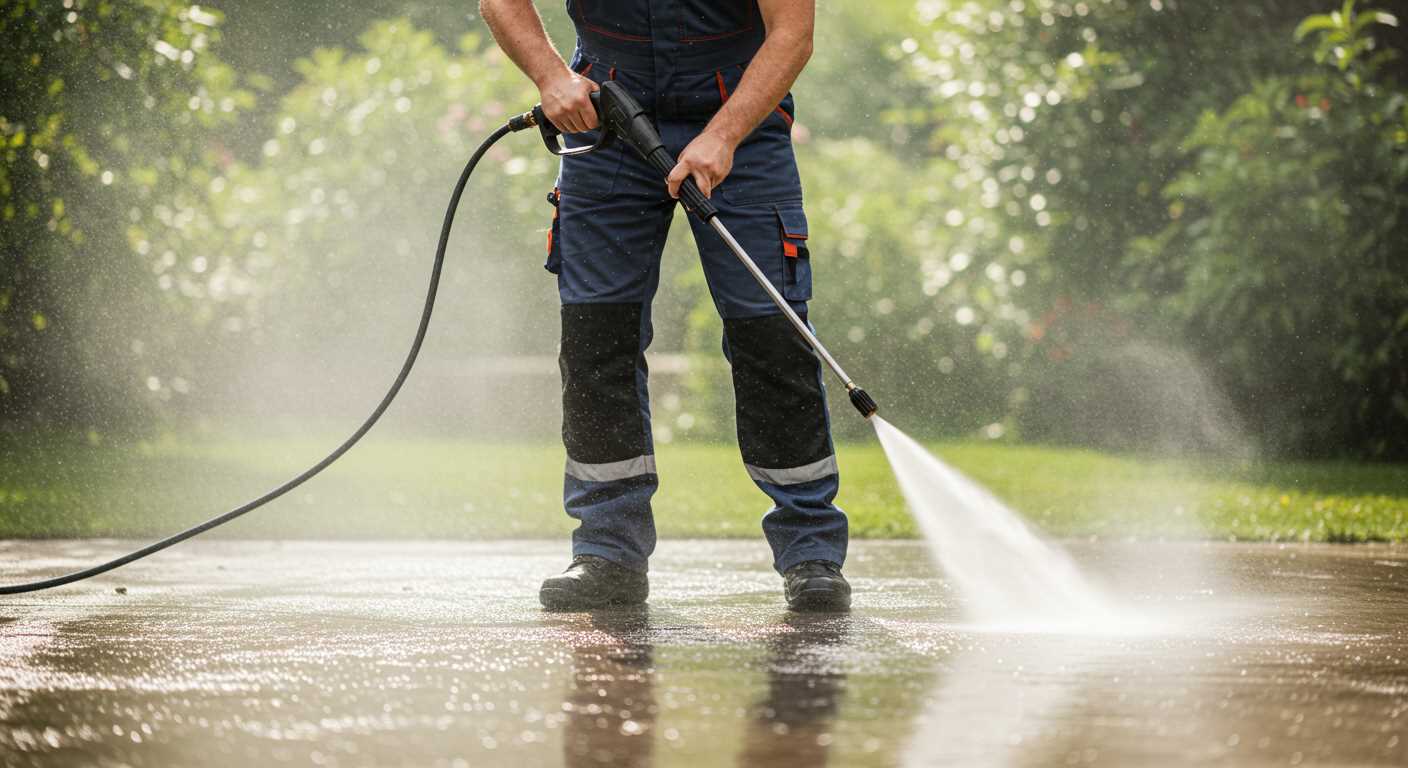
Employ ear protection if the device produces sound levels exceeding 85 dB, as continuous exposure can lead to hearing damage. Several scenarios warrant the use of earmuffs or earplugs:
- Prolonged Use: If you’re cleaning for an extended period, over 30 minutes, the cumulative effect of sound can be harmful.
- High-Powered Models: Opt for ear safeguarding when operating industrial-grade equipment, often rated around 90-100 dB.
- Close Proximity: If working within three metres of the unit, sounds may feel more intense, making protection advisable.
- Noise Sensitivity: For individuals prone to tinnitus or other auditory sensitivities, protecting the ears is recommended regardless of the equipment’s specific sound output.
Additionally, during usage in residential neighborhoods, it may also be prudent to implement hearing protection to mitigate noise impact on neighbours, maintaining a good rapport while prioritising your auditory health.
Focus on quality ear protection, selecting models that provide a suitable Noise Reduction Rating (NRR) for ideal comfort and coverage. Check that the fit is secure but not overly tight, allowing for a balance between safety and usability.
Tips for Reducing Noise While Using a Power Cleaner
Consider investing in a unit designed with noise-reduction features. Many manufacturers offer models specifically engineered with sound-dampening materials that significantly minimise operational noise.
Utilise a longer hose to maintain distance between your cleaning tool and the area being treated. This simple adjustment can create a noticeable reduction in perceived volume and helps shield your ears from direct exposure.
Regular Maintenance
Ensure that you keep your equipment well-maintained. Regularly check for any loose components, as they can contribute to increased noise levels. Tightening fittings and ensuring that the engine is running optimally can help keep the operation quieter.
Work During Specific Hours
.jpg)
Plan your cleaning tasks during times when noise restrictions may be less strict. Early mornings or late afternoons often have fewer disturbances, allowing you to operate your device with less interference from surrounding noise-sensitive environments.
Long-Term Effects of Noise Exposure from Pressure Washing
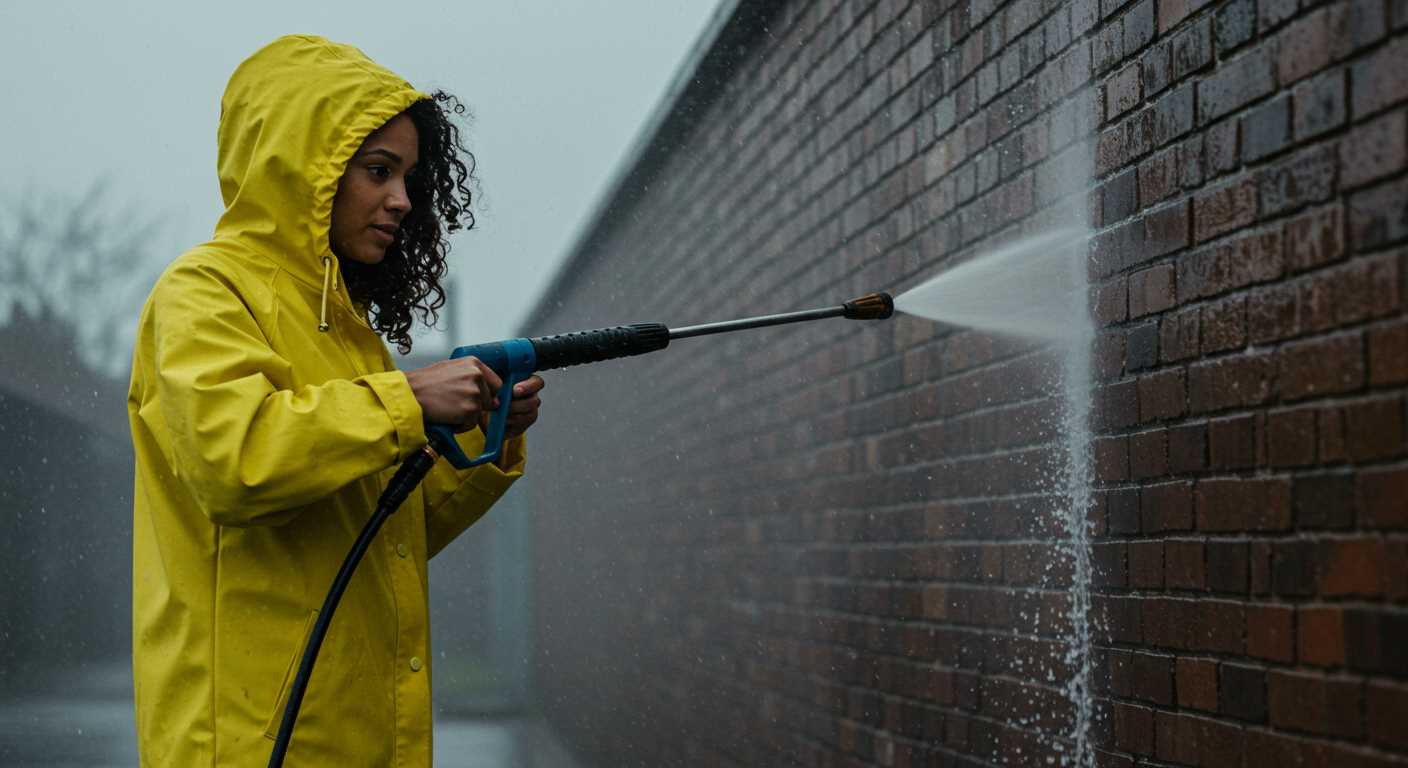
Consistent exposure to high levels of sound from cleaning machinery can lead to hearing damage over time. I have encountered cases where operators experienced symptoms of temporary threshold shift, which is a temporary reduction in hearing sensitivity after prolonged use. This condition can progress to permanent hearing loss without proper precautions.
Research indicates that sounds above 85 decibels can lead to long-term auditory effects. If you regularly use equipment that operates within or exceeds this range, consider monitoring exposure time. Limit sessions to 15-30 minutes if possible, allowing for breaks to reduce strain on your hearing.
Another serious consequence is increased stress levels. Prolonged noise exposure can lead to anxiety, irritability, and difficulty concentrating. This isn’t merely about discomfort; it can affect overall productivity and wellbeing. Investigate alternative models that may offer quieter operation if you find yourself working in noise-sensitive environments.
Ear protection is advisable for anyone engaged in regular tasks with this type of equipment. Using earmuffs or earplugs designed for industrial use can mitigate the risks associated with sustained noise exposure. Look for options that provide adequate attenuation without sacrificing comfort.
Being conscious of noise levels not only benefits personal health but also enhances the working environment, reducing the impact on nearby residents and wildlife. Engage in good practices, and your long-term wellbeing will reflect your attentiveness.








